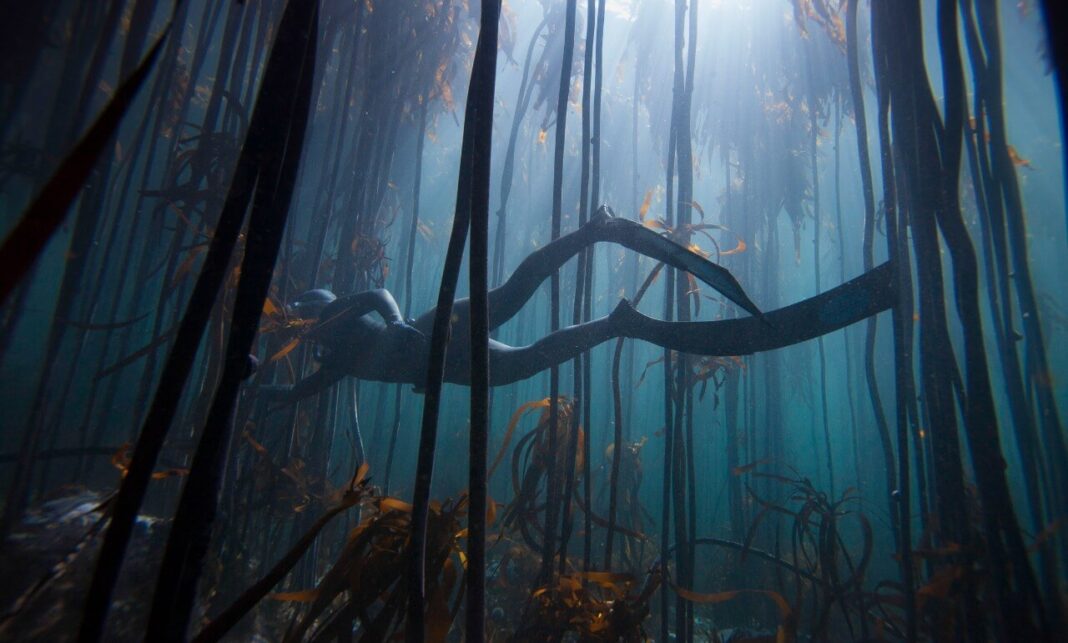The Underwater Forest (Alabama, U.S.)

Just off the Alabama coast is an ancient underwater forests alive with aquatic life. After huge waves from Hurricane Ivan in 2004 revealed a cypress forest 60 feet below in the Gulf of Mexico. That is when the scientists were able to access it. They assumed that more than 60,000 years had passed since the forest was submerged beneath sediments.
Sea levels were around 400 feet lower when the forest was young than they are now. 4 Today, aquatic life is abundant below the surface. There, where thousands of trees are still firmly planted. There were water creatures like mantis shrimp, crabs, anemones, and numerous fish can find a special habitat and foraging chances. The forest’s age allows it to offer insightful data about the history of the area, from climatic change to patterns in biodiversity.
Great African Sea forest (South Africa)

From the 2020 Netflix documentary “My Octopus Teacher,” which follows a diver as he forms a special friendship with an octopus who invites him into her underwater realm, you might recognise the Great African Seaforest.
From the coasts of Cape Town to Namibia, this is the only enormous bamboo kelp forest in existence (a distance of more than 600 miles). The earliest archaeological evidence of art and science was also found there. 5
The Great African Sea forest is home to a variety of sea life, including cuttlefish, octopuses, and beautiful starfish. Sharks often visit the area to deposit their eggs.
Kampong Phluk (Cambodia)

Kampong Phluk, a cluster of three floating villages distinguished by their rows of towering houses on wooden stilts, is home to just a few thousand people. The neighborhood is situated in the Tonle Sap Lake’s floodplains, on the edge of a mangrove swamp. There, fish, turtles, crocodiles, fish, and other animals flourish.
Snowmelt and monsoon runoff fill the neighboring Mekong River during the rainy season. The Tonle Sap River overflows, filling Tonle Sap Lake, which is home to Kompong Phluk, with water. Mangroves, like cypress trees, have natural air passages that stick out of the water and enable them to breathe underwater.
Also Read – Facts You May Not Know About The Mariana Trench – The Deepest Part Of The Ocean



